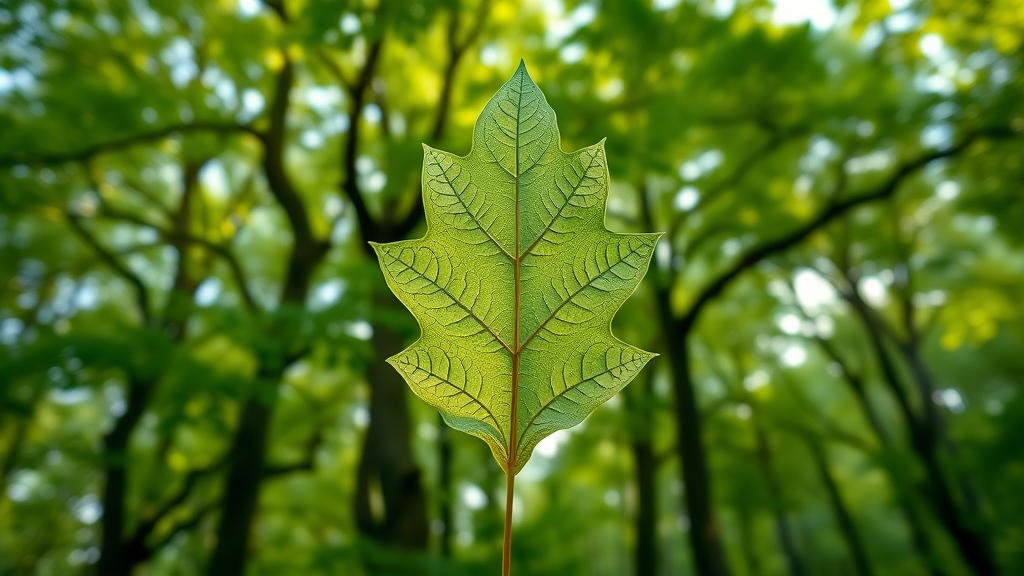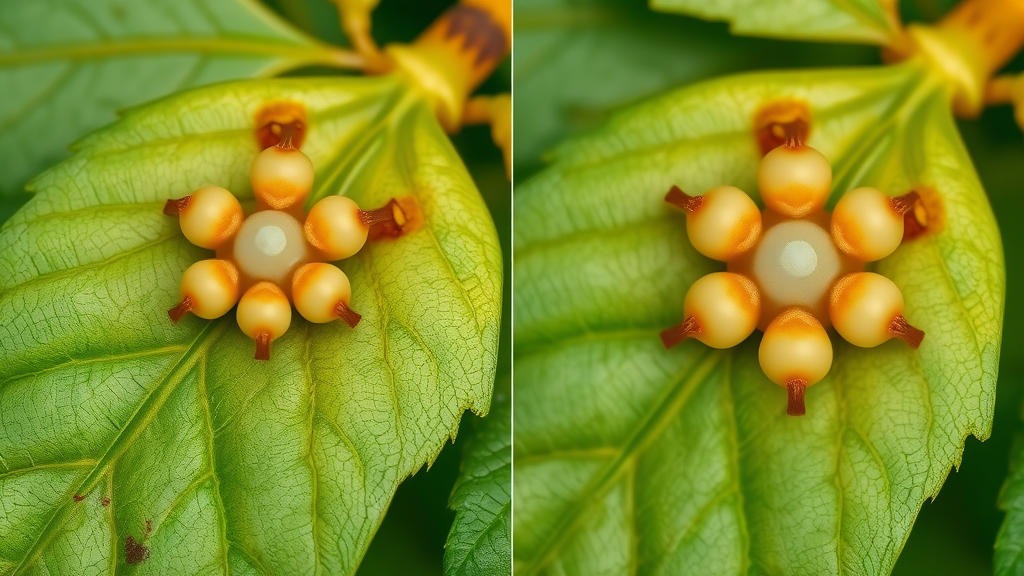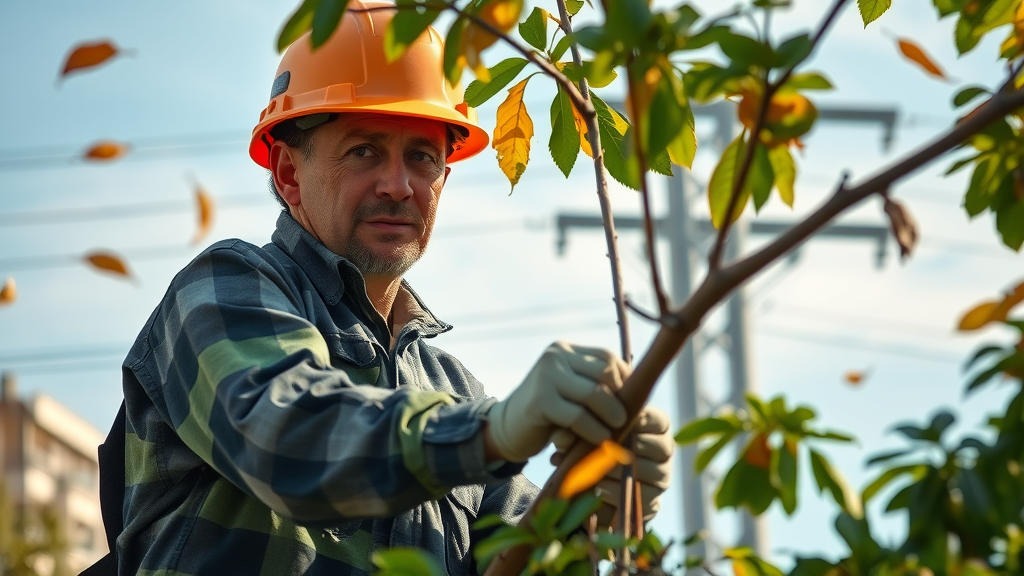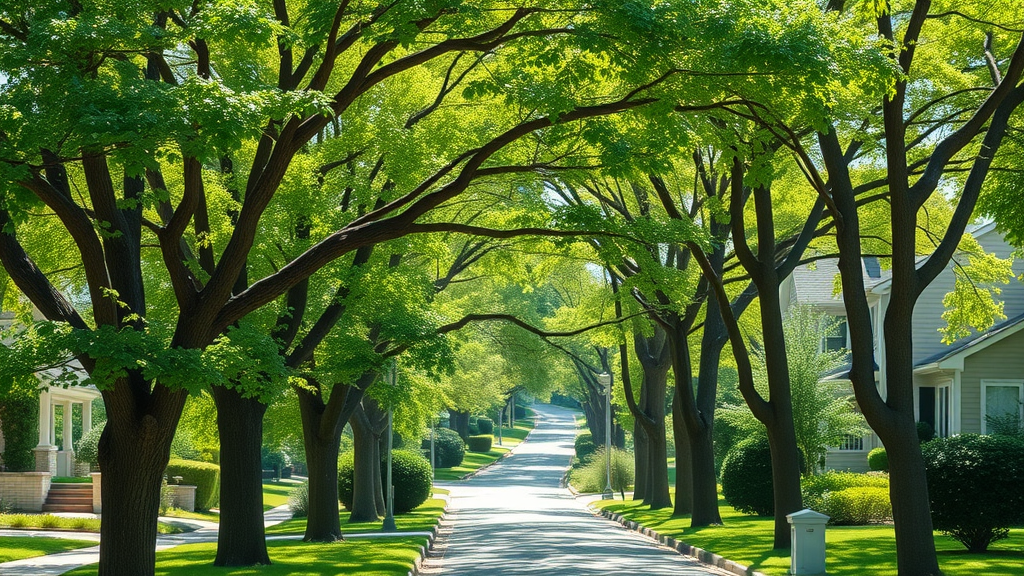Authored by Tom Robbins
Certified Arborist Wi-0816a
Shades of Green, Inc
Beech leaf disease is a significant threat to the health of beech trees, which are crucial to many ecosystems. Surprisingly, studies have shown that this disease has been linked to a dramatic decline in the population of these majestic trees. In this article, we will delve into the intricacies of beech leaf disease, reviewing its symptoms, causes, and the most effective strategies for prevention and management.
Overview of Beech Leaf Disease
Beech leaf disease is a relatively new phenomenon that affects various species of beech trees, particularly the American beech ( Fagus grandifolia ). It is characterized by distinctive leaf deformities, which can severely impact the trees' overall health and longevity. The disease is primarily identified by its unique leaf symptoms, including interveinal banding, curling, and distortion, making it crucial for tree owners and arborists alike to recognize and understand.
As the disease continues to spread across North America, understanding its epidemiology becomes vital for the conservation of beech trees. Proper identification and timely intervention can help mitigate its impact on both the forests and the landscape.
Symptoms of Beech Leaf Disease
Recognizing the symptoms of beech leaf disease is the first step toward effective management. Infected trees exhibit characteristic signs such as:
Cupping and distortion: Leaves display abnormal shapes, often looking curled and twisted.
Interveinal banding: Dark green or brown bands appear between the veins of the leaves, providing a clear visual indicator of the disease.
Leaf drop: In severe cases, affected trees may drop leaves prematurely, weakening the tree over time.
These symptoms not only diminish the aesthetic appeal of beech trees but also signal a significant stress level, which can lead to further complications if left untreated.
Causes of Beech Leaf Disease
The primary cause of beech leaf disease has been linked to a fungal pathogen called Neonectria ditissima . This pathogen infects the trees and triggers the symptoms associated with the disease. Environmental factors, such as climate variability and stress from urban conditions, may also exacerbate the disease's effects. When trees are stressed due to poor soil quality, drought, or other environmental shifts, they become more susceptible to infection.
Moreover, human activities and poor tree care practices can increase the vulnerability of these trees to beech leaf disease. For instance, improper pruning or topping trees can weaken their structure and overall health, making them more likely to fall victim to this fungal attack.
Impact on Beech Trees
The impact of beech leaf disease on beech trees is profound. Affected trees can suffer from reduced growth rates, lower reproductive success, and increased mortality rates. Over time, this leads to significant declines in beech populations, disrupting local ecosystems and affecting other wildlife dependent on beech forests.
According to Tom Robbins, a sales arborist for Shades of Green, “Proper tree care practices are essential to prevent tree loss and combat diseases like beech leaf disease.” Failure to address the disease actively can lead to extensive damage not just to individual trees but to entire forested areas.

Prevention and Management Strategies
Preventing beech leaf disease involves a multifaceted approach. Regular monitoring of beech trees for early symptoms can help catch the disease in its early stages. Effective tree care practices, including proper pruning techniques, maintaining healthy soil, and minimizing environmental stresses, are vital.
In addition, using fungicides can be useful in managing the disease. Chemical treatment options can assist in controlling fungal growth, particularly if applied at the first sign of infection. Consulting with a certified arborist for tailored care plans is also recommended for effective disease management.
Expert Insights on Beech Leaf Disease
Expert input can significantly enhance understanding and management of beech leaf disease. As Tom Robbins noted, “Proper tree care practices are essential to prevent tree loss and combat diseases like beech leaf disease.” His insights stress the importance of effective tree management and long-term care. Engaging professionals can provide knowledge that goes beyond basic understanding, ensuring that tree owners take informed action against potential threats.
Common Misconceptions about Beech Leaf Disease
Despite the growing awareness of beech leaf disease, several misconceptions persist. One common myth is that all beech trees are equally susceptible to the disease; however, genetic resistance can vary among tree populations. Another misconception is that the disease only affects mature trees; in reality, younger trees can also show significant symptoms.
A clear understanding of these misconceptions is essential. It is important for tree owners to stay informed and educated to foster better tree health and forest ecosystem sustainability.
Frequently Asked Questions (FAQs)
Can beech trees recover from leaf disease?
Yes, beech trees can recover from beech leaf disease if the infection is caught early and proper management practices are employed. Supportive care can significantly improve the chances of recovery.
What is the mortality rate for beech leaf disease?
The mortality rate can be significant, particularly in heavily infected trees, with studies indicating that many trees may not survive long-term without intervention.
What is the fungicide for beech leaf disease?
Several fungicides can be effective in managing beech leaf disease; however, it is crucial to consult with an arborist to choose the right product and application method for your specific situation.
What does a diseased beech tree look like?
A diseased beech tree exhibits symptoms such as distorted leaves, interveinal banding, and, in severe cases, premature leaf drop, which can be easily identified by an attentive observer.

Key Takeaways
In summary, here are the critical takeaways regarding beech leaf disease:
Beech leaf disease poses a significant threat to beech trees, and early identification is key.
Maintaining proper tree care practices can help mitigate the disease's impact.
Fungicides may assist in managing infection, but consult with experts for optimal results.
Misunderstandings about the disease can lead to ineffective management, highlighting the need for ongoing education.
Conclusion
In conclusion, understanding beech leaf disease is essential for maintaining healthy beech trees and the ecosystems they support. By recognizing symptoms early, employing effective management strategies, and consulting with experts, tree owners can significantly reduce the impact of this disease. Through informed actions, we can protect and conserve our beautiful beech forests for future generations. Tom Robbins, Sales Arborist, of Shades of Green, Inc., that serves Bucks and Montgomery Counties in PA can be reached at 267-881-4503 - https://shadesofgreenpa.com
 Add Row
Add Row  Add
Add 




 Add Row
Add Row  Add
Add 

Write A Comment